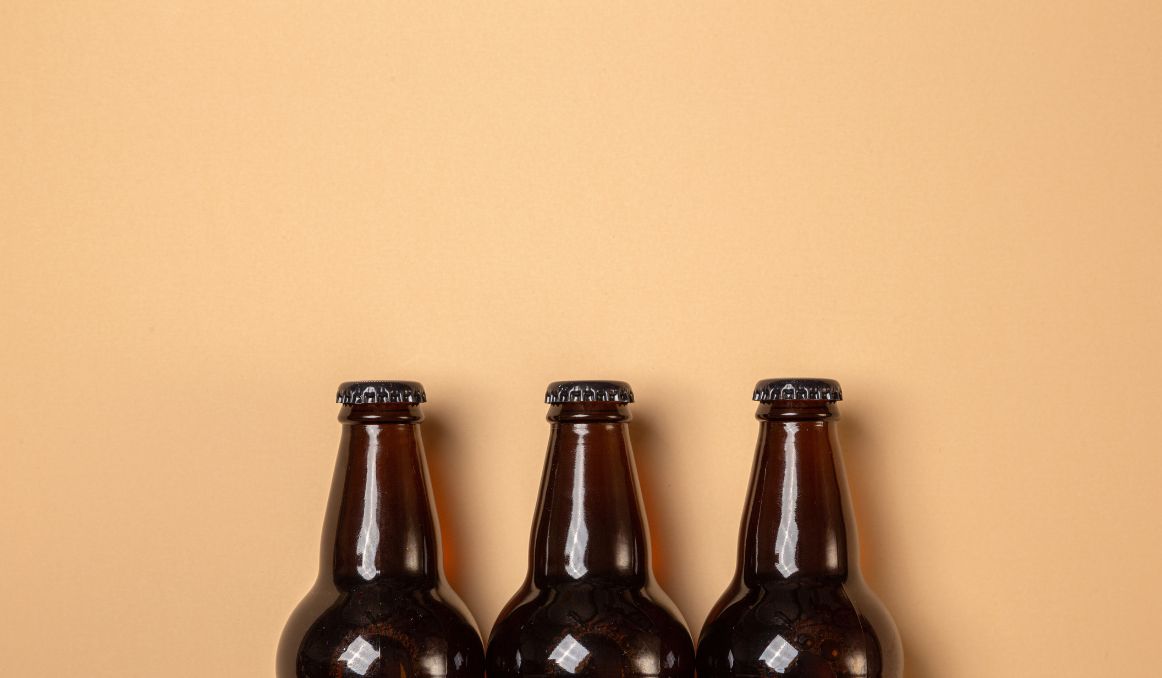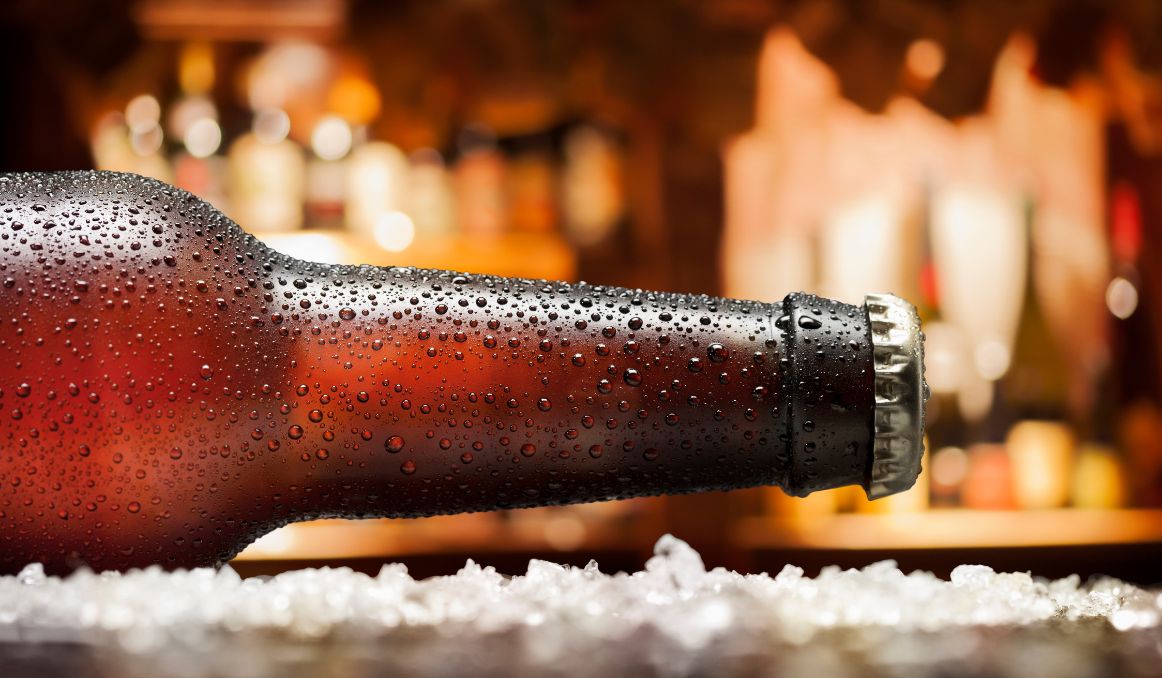How Long Does Beer Last at Room Temperature
It can be very confusing to find the answer to the question “how long does beer last at room temperature?”
For one thing, it really depends on the beer.
For another thing, the concept of room temperature has changed dramatically over the last few hundred thousand years.
So let’s dig in.

The History of Beer and Room Temperature
At the heart of beer, and any fermented beverage or food, really, is yeast.
Yeast has been around since, essentially, the beginning of time.
As one of the oldest forms of life, yeast is a fungus, and it has a single function that it is very good at: find sugar and convert it to ethanol and carbon dioxide.
Wine was the first form of fermented beverage that we know of, cider likely came next.
Why?
These beverages are super simple: crush fruit, leave the crushed fruit and its juice out, exposed to the elements, and allow yeast to get to work.
Within a few days, sometimes weeks, you will have wine… or cider, depending on the fruit.
Beer was another story.
It really is a combination of perfect coincidences that had to allow for the discovery of beer.
The Discovery of Beer
You see, anthropologists figure that a woman was out collecting barley for her family, thousands of years ago, when she got distracted and set her basket down.
While she was away, a storm must have struck, soaking her grain and covering it in rainwater.
Days later, when she finally returned to the basket, she would have found soggy, wet grain, and an abundance of rainwater that was now a sort of grain water.
What could she do?
Of course she would not waste the food and water, so she turned the soggy grain into bread dough and served the fizzy (thanks, yeast) water to her family.
What she would have found was a nicer, lighter, fluffier bread than the unleavened stuff she was used to, and a euphoric effect as a result of what was now a low alcohol content ale.
Because the starches in the grains were not sugar, the yeast would have had to work hard to convert what sugars it could find to alcohol, so the ale would have had maybe 2% ABV on a good day.
The happy outcome was that families could now make leavened bread, and they could serve water to their children that would have been cleaned of contaminants thanks to the alcohol.
It was a win/win all around.
The recipes spread over time, with some happy brewer along the way realizing that roasting the grain would convert those starches to sugars, making for an ale with a greater alcohol volume.
Of course, additional changes and tweaks were made.
But one thing remained very common: room temperature.
Room Temperature and Fermentation

You see, yeast needs room temperature, between 60 and 70 degrees Fahrenheit, in order to do its best work.
When it comes to wine, beer, kombucha, sake, bread, sauerkraut, you name it, the ingredients must be left in a cool, dry space in order for fermentation to take place.
Too hot or too cold and the yeast will stagnate and refuse to ferment, at which point brewers have to check and adjust the temperature in order to get the yeast to get back to work.
Then, about a thousand years ago, a group of Bavarian monks got together and realized they could make a different kind of beer.
They kept their barrels of wort (the grain liquid before it ferments) in much cooler caves in the mountains of Bavaria, and they discovered a whole new type of beer.
Thus, lager was born.
The yeast that ferments lager can actually ferment at a much cooler temperature, between 48 and 58 degrees Fahrenheit.
So you see how “room temperature” can mean different things to different people in different times and locations.
Shelf Life of Beer
Now, most beer companies will advise drinking their beer, if kept at room temperature, within 120 days of the day it is bottled or canned.
That advice is given in order to maximize flavor and aroma profile. Essentially, if you want your beer to taste as fresh as it did the day it was bottled, drink it within 4 months.
But, when kept in a cooler cellar or in a refrigerator, you can expect your beer to stay fresh for up to 9 months.
Conversely, beer can lose its taste, go flat, and even get off flavors like “skunk” when it gets overheated within days and even hours.
Indeed, a bottle of beer exposed to direct sunlight will go bad in hours, and there is no saving it after that happens.
Serving Beer
Interestingly enough, when serving beer, some beers are meant to be served closer to “room temperature, essentially around 60 degrees.
Guinness is one example of a beer that is not supposed to be served ice cold. On the other hand, a beer like Corona must absolutely be served ice cold and in an ice cold glass to fully appreciate the value of the beverage.
Perhaps because Guinness is produced in a colder climate, Ireland, and Corona hails from the much warmer Mexico?
In the end, it is best to pay attention to what the specific beer company advises when it comes to your beer and its best storage times and locations.
In general, you can expect your beer to stay good in a traditional room temperature, between 60 and 70 degrees Fahrenheit, for a couple months after you buy it.
But be mindful of the expiration date on the actual beer and be mindful of your specific climate.
If you live in the Arctic Circle or the Mojave Desert, this advice will of course need to be adjusted accordingly.
Cheers!
Passionate about the beer and/or wine making process? So are we! If you’re interested in finding out how you can use our technology to control fermentation and monitor your yeast, save work hours and improve the cost-efficiency of your business, drop us a line at [email protected] or check out our product pages:
- Oculyze BB 2.0 (Better Brewing) Yeast Cell Counter App + Hardware
- Oculyze FW (Fermentation Wine) Yeast Cell Counter App + Hardware
Sources:


